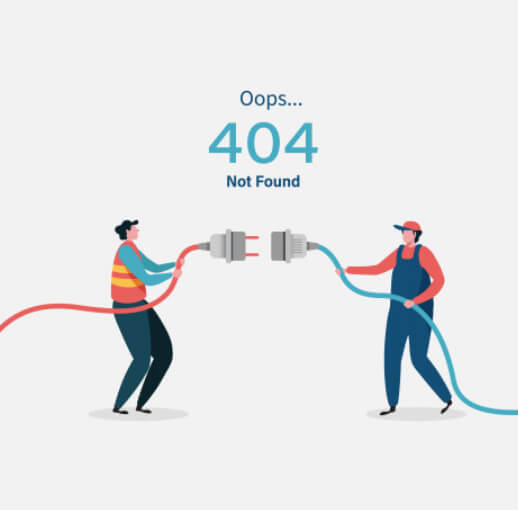We help to create visual strategies.
We want to hear from you. Let us
know how we can help.
Technical SEO is the enhancement of technical features on a website to make it easier for search engines to discover, crawl, and index it. Technical SEO has little to do with the site content and much more to do with the architecture of your site.
Key components of technical SEO include fast loading speeds, reliable security, easy site navigation, minimal faulty links and site errors, and mobile compatibility, among others. When you have a technically-optimized site, search engine crawlers will prefer it to other problematic sites and prioritize it in rankings.
Besides technical SEO, SEO in its entirety includes On-Page and Off-Page SEO. The former deals with content optimization on your site while the latter is optimization based on links from other websites to your site.
So, why do you need to prioritize technical SEO? Aside from being the backbone of your entire website’s SEO strategy, there are several other reasons:
Loading Speed is Paramount
What do you do when you are trying to open a web page and it is taking ages to load? Chances are that you will give it a few seconds and then try another relevant site. The same applies to your site. No matter how much you have invested in its content, it is no good if nobody can access it.
If visitors click on your site and leave within a few seconds, it is referred to as pogo-sticking. Unfortunately, Google takes note of pogo-sticking and consequently lowers your ranking.
Besides ranking, site speed impacts user experience (UX) on your site. Statistics show that up to 75% of users will not revisit a site that takes over 4 seconds to load.

Mobile is the New Normal
Did you know that mobile phone browsing is now more popular than desktop browsing? Google, which owns the lion’s share of the mobile search engine market, has taken note of this trend and has made effort to make its search engine algorithms more mobile-friendly.
If your site offers an excellent mobile browsing experience, you are taking care of the needs of the majority of the population that is now using their smartphones to browse the Internet. Google and other search engines will, therefore, prioritize and rank your site above others.

Site Errors Wreck your Ranking
One of the most common site errors is a missing page or error 404. It occurs as a result of removed content, site relaunch, or broken links.
Other errors include broken internal links, oversized pages, duplicate content, faulty search bars, and crawl errors such as denied access. Errors in your site can negatively impact user experience and encourage pogo-sticking.
These errors can cause Google to interpret your site as hard to navigate or unable to supply relevant results for the specific query, which does not help with ranking.
Security is Critical
Visitors need to feel secure on your site and the status of the HTTP (HyperText Transfer Protocol) of your website can give them a hint. HTTP is a protocol for data exchanges between a web source and a server according to user requests. It appears at the beginning of every web address.
Due to the need to prevent transferred information from being intercepted by a third party and to enhance security for the website and the user, an SSL (Secure Socket Layer) certificate was introduced. This has led to the development of HTTPS (HyperText Transfer Protocol Secure).
If your site still reads HTTP, that’s because it lacks the SSL certificate, and Chrome, the browser that commands the largest market share, flags it as insecure. How many users do you think will click on a site that is indicated as insecure?

Conclusion
Investing in technical SEO will help you avoid hitches that can work against your other SEO efforts and lower your rankings. Your site will give search engines an easier time, prompting them to prefer your site to others. Even better, users will have a better experience on your site, which can reduce bounce rates, increase their sessions, and generate more leads.


